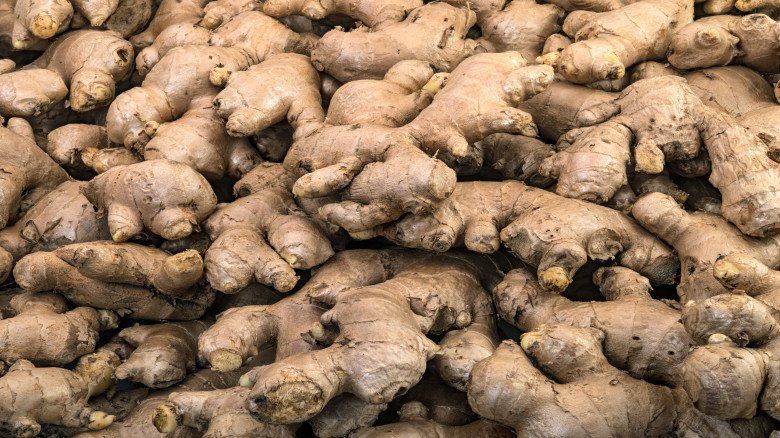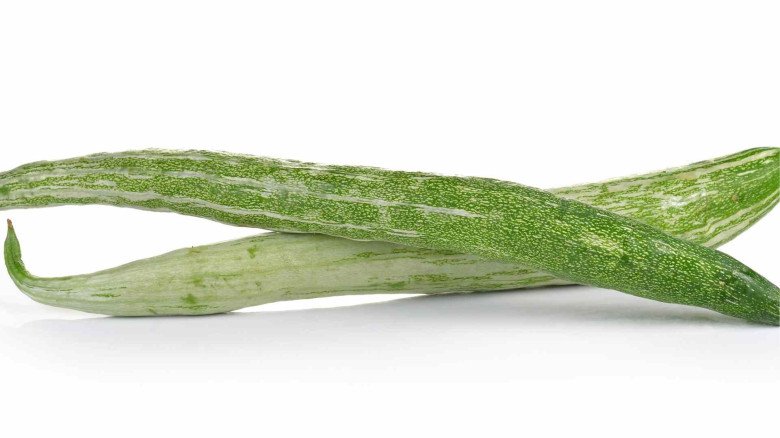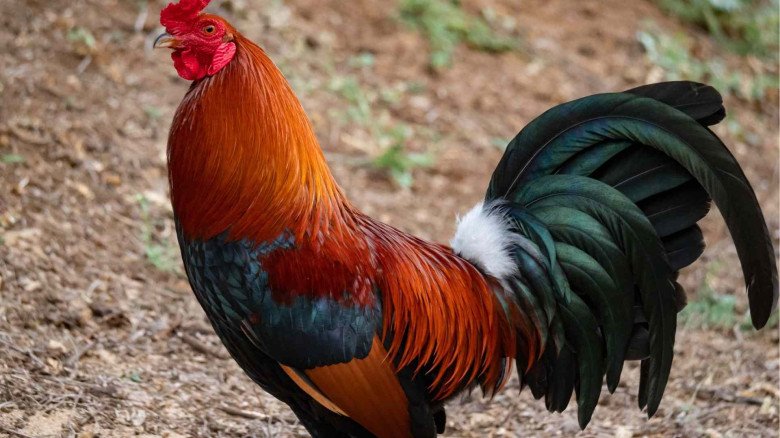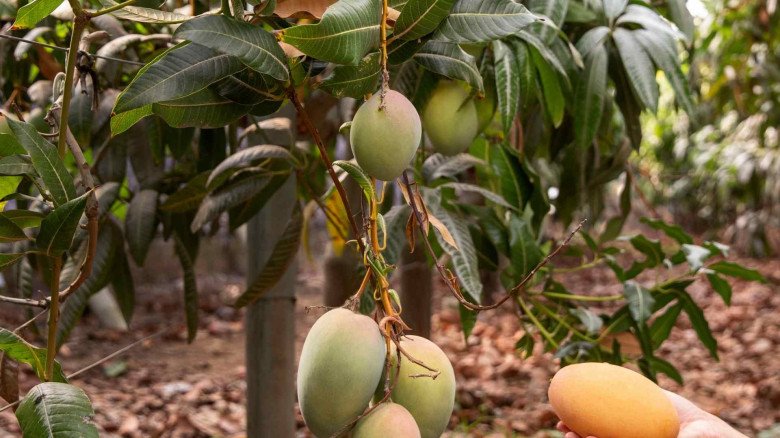Discover India's Best top GI-Tagged Mango Varieties, The King of Fruits
India's finest mango varieties with Geographical Indication (GI) tags are celebrated for their unique origins and exquisite flavours.
Mangoes, often greeted as the "king of fruits," hold a special place in the hearts of many, not just in India but worldwide. Among the plenty of mango varieties found in the country, some have earned the prestigious Geographical Indication (GI) tag, signifying their unique qualities and regional significance. Let's take a flavorful journey through some of the top GI-tagged Indian mango varieties:
1. Alphonso Mango (Hapus)
Renowned for its luscious, velvety texture and subtle sweetness, the Alphonso mango proudly holds the prestigious GI tag from Maharashtra's Ratnagiri, Sindhudurg, Raigad, and neighbouring areas. Its vibrant saffron-hued flesh and irresistible aroma make it a favorite among mango connoisseurs.
2. Malihabadi Dashehari
Originating from the Malihabad region of Uttar Pradesh, this iconic mango variety secured its GI status in 2010. Captivating mango enthusiasts with its sweet flavour and rich historical heritage spanning centuries-old mango orchards, Malihabadi Dashehari remains a beloved choice for mango lovers.
3. Banganapalle (Beneshan and Chappatai)
From Andhra Pradesh, the GI-tagged Banganapalle mango boasts speckles on its skin and a distinct elongated seed. Its unique appearance and delightful taste have earned it a special place in the hearts of mango aficionados.
4. Appemidi
Revered in Karnataka's Malnad region, the Appemidi mango comes in various sub-varieties, each offering a distinct aroma and flavour cherished in traditional pickling recipes. Ananta Bhattana, Kanchappa, and Karnakundala are just some of the variations of this delectable mango.
5. Himsagar Mango
Esteemed in West Bengal, the Himsagar mango delights with its juicy, fiber-free golden pulp and alluring aroma. Cultivated in regions like Malda, Murshidabad, Nadia, and Hooghly, this mango variety is available from May to June, adding sweetness to the summer months.
6. Fazli Mango
Another gem from West Bengal, the Fazli mango enchants with its delicious flavour and has been recognized as a GI-tagged variety. Its unique taste profile and distinctive characteristics have garnered it acclaim among mango enthusiasts.
7. Jardalu Mango
Exported to the UK from Bihar's Bhagalpur district, the Jardalu mango has gained recognition for its exceptional taste and sustainable farming practices. Awarded the GI tag in 2018, this mango variety stands out for its quality and flavour.
8. Gir Kesar Mango
Dubbed as the "Queen of Mangoes," this mango variety from the Girnar foothills in Gujarat is famed for its vibrant orange pulp and sweet taste. Garnering praise from mango enthusiasts worldwide, Gir Kesar Mango received its GI status in 2011, solidifying its place as a top-quality mango variety.
9. Edayur Chilli Mango
Originating from Kerala's Edayur, Athavanad, Marakkara, Irimbiliyam, Kalpakanchery, and Valanchery regions, this unique mango variety adds a subtle hint of spiciness to dishes, complementing diverse cuisines. Its distinctive flavour profile makes it a standout choice among mango lovers.
10. Kuttiattoor Mango
Also from Kerala, the Kuttiattoor mango captivates with its flawless orange-gold skin and delightful taste. Emerging as a sought-after GI-tagged variety since 2021, Kuttiattoor Mango represents the rich diversity of mangoes found in India.
With their unique flavour, textures, and aromas, these mangoes continue to captivate taste buds and celebrate the vibrant diversity of Indian agriculture.
-logo.webp.png)
.jpg)
-logo.webp.png)


































Leave A Comment